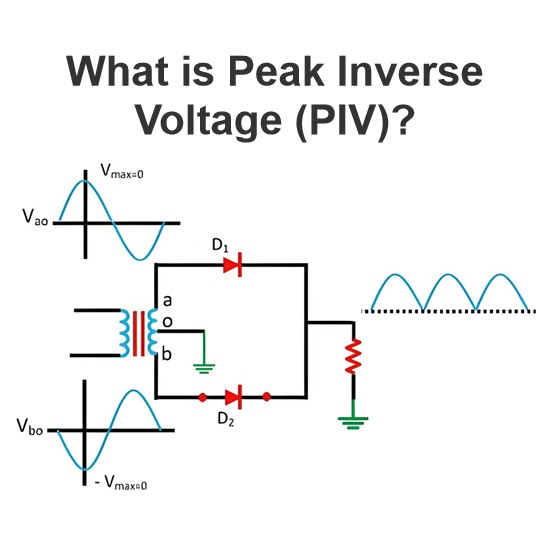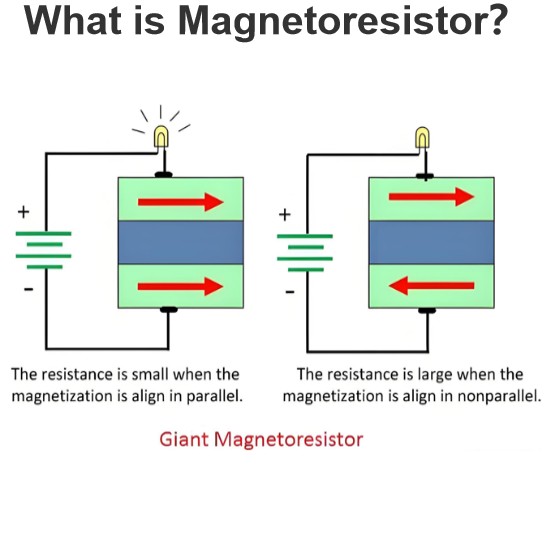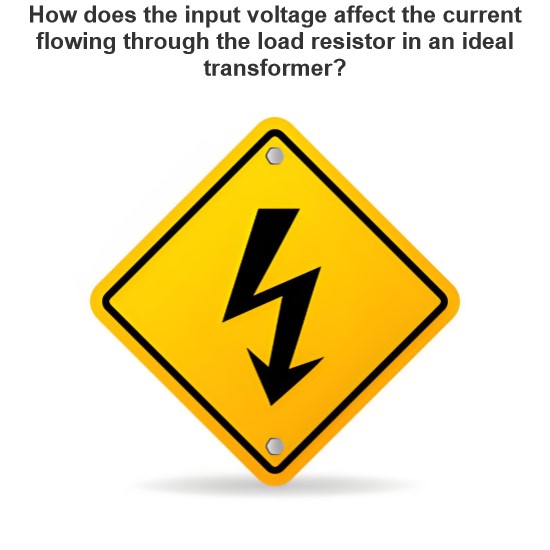The difference between zero line and fire line
Neutral (N)
A neutral line, usually denoted by the letter "N", is a wire in an alternating current system whose main function is to provide a return path in the circuit. In a single-phase AC system, the neutral line is usually connected to the reference point of the power supply (usually ground) and together with the live line forms a complete circuit.
Features
Voltage: The neutral line is usually zero voltage (or very close to zero voltage) relative to ground, although there may be some voltage drop in practical use.
Color coding: In many countries, the color of the neutral line is usually blue or white (the specific color may vary by country and region).
Identification: In electrical drawings and equipment, the neutral line is usually identified by the letter "N".
Live (L)
Firewire, usually denoted by the letter "L", is another wire in an alternating current system that is responsible for carrying power to loads (such as appliances, lamps, etc.).
Features
Voltage: Live lines usually have AC voltage relative to neutral lines (e.g. 220V or 240V), depending on local grid standards.
Color coding: The color of the firewire is usually brown, red, or another color (the specific color may vary by country and region).
Identification: In electrical drawings and equipment, firewire is usually identified with the letter "L".
Distinction
The main difference between neutral and firewire is their role and safety in the circuit:
Safety: The neutral line is low relative to the ground voltage, so the risk of electric shock is relatively small; The live wire has a high voltage, and direct contact with the live wire may lead to electric shock accidents.
Connection method: When installing electrical equipment, the live wire is usually connected to the switch side of the device, and the neutral wire is connected to the other side of the device. This is done to ensure that the neutral line is not charged even when the device is turned off.
Identification symbol: In electrical drawings, the fire line is usually represented by "L", and the neutral line is represented by "N".
Give an example
In a home circuit, the socket usually has two jacks (in addition to the ground hole) :
Firewire holes (Live) : Usually marked with an "L", are used to connect firewires.
Neutral hole: Usually marked with an "N" for connecting neutral lines.
Matters needing attention
Before performing any electrical work, ensure that appropriate safety measures are in place, such as disconnecting the power supply, using insulated tools, etc. If you are not familiar with the operation of electrical systems, please seek the help of a professional electrician.
The Electricity Encyclopedia is dedicated to accelerating the dissemination and application of electricity knowledge and adding impetus to the development and innovation of the electricity industry.













